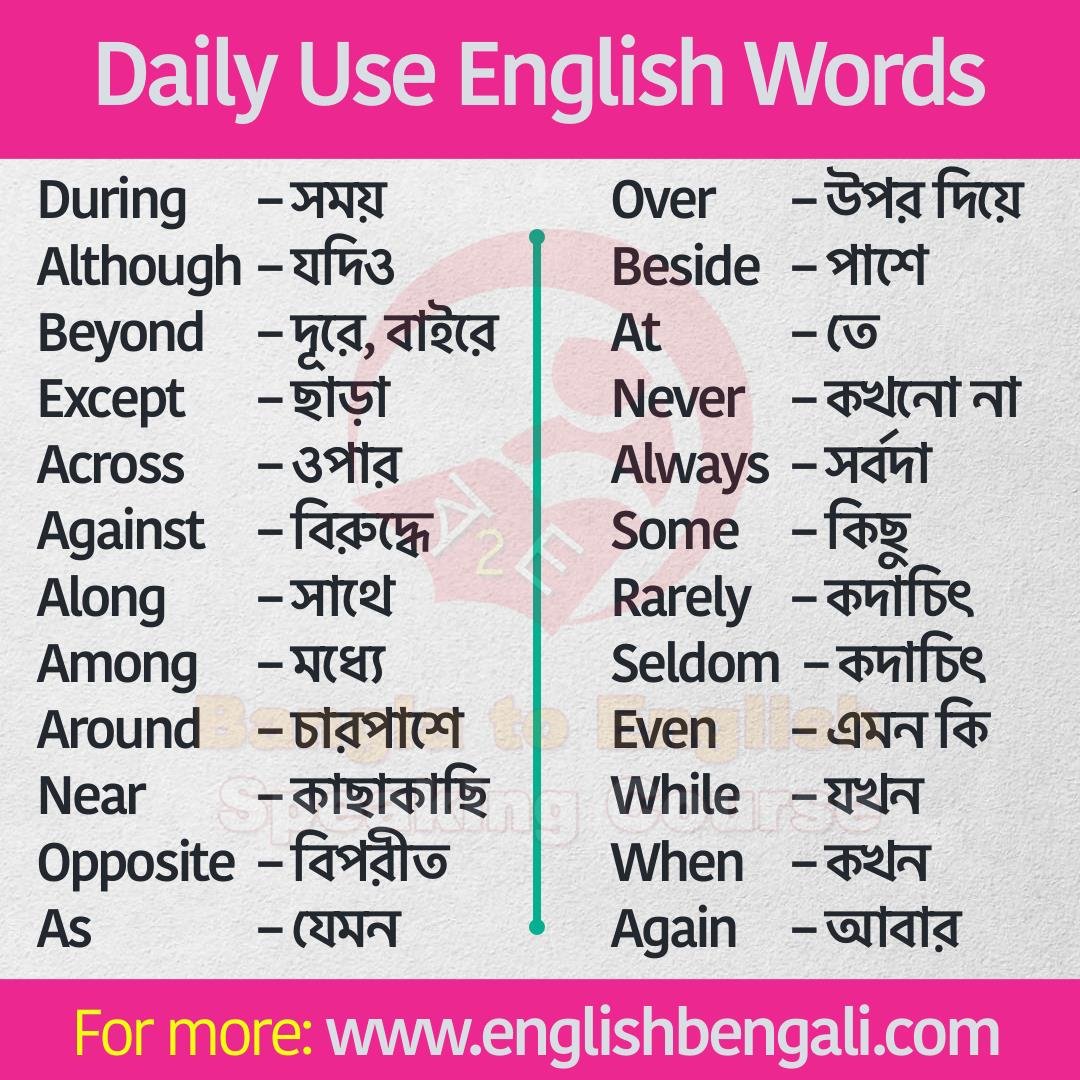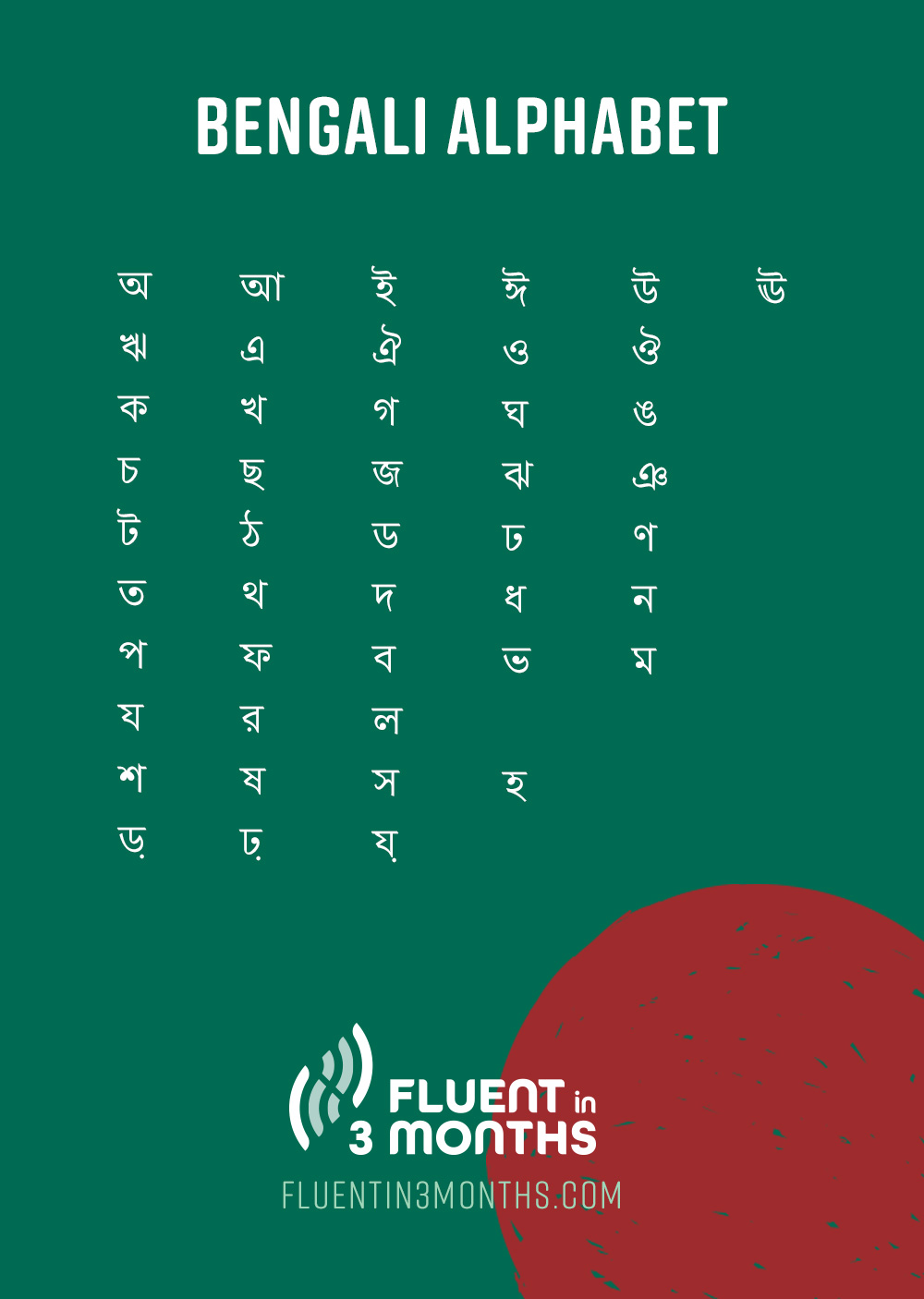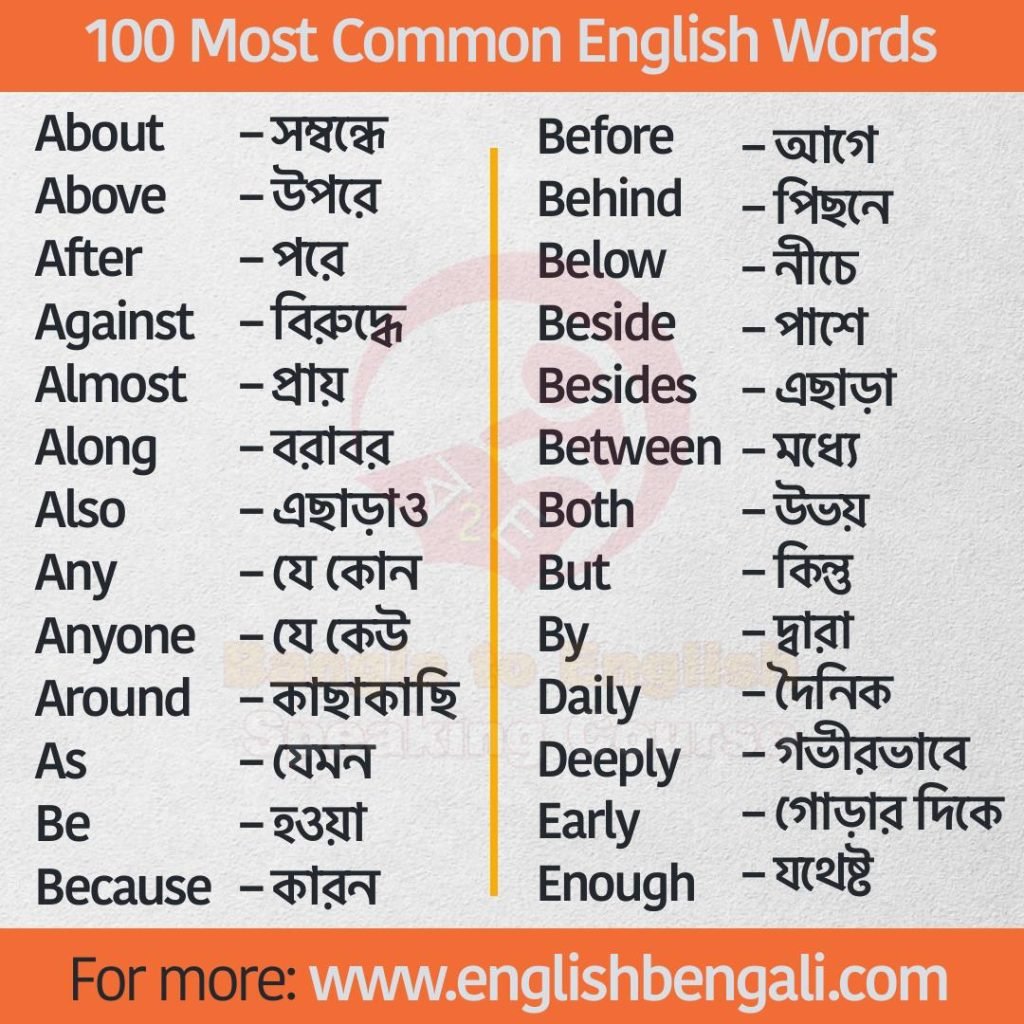English To Bengali Language Meaning

The bridge between English and Bengali, two languages spoken by millions across the globe, is a complex yet vital one. Understanding the nuances of translation and interpretation between these linguistic worlds carries significant weight in fields ranging from international business and diplomacy to education and cultural exchange. A single mistranslated word or phrase can have profound consequences, highlighting the need for precision and cultural sensitivity.
This article delves into the multifaceted relationship between English and Bengali language meaning, exploring the challenges, resources, and evolving landscape of translation and interpretation. We will examine the impact of cultural context on accurate communication and the growing importance of technology in facilitating seamless linguistic connections. The discussion also highlights the significance of skilled professionals navigating the intricacies of both languages.
The Nuances of Translation
Direct word-for-word translation between English and Bengali is often insufficient, and can be misleading. The structural differences between the two languages are significant. English typically follows a Subject-Verb-Object (SVO) structure, while Bengali often uses a Subject-Object-Verb (SOV) order.
Furthermore, Bengali incorporates a rich system of honorifics and politeness markers absent in standard English. This requires translators to be acutely aware of the social context and the intended audience. Conveying the proper level of respect and formality is paramount to ensuring clear communication.
Consider the simple phrase "How are you?" In English, it's a standard greeting. In Bengali, depending on the age and social status of the person being addressed, different phrases are used, each carrying a specific level of respect. This emphasizes the need for cultural sensitivity in translation.
Challenges in Interpretation
Interpretation, unlike translation, involves real-time conversion of spoken language. It presents unique challenges, especially when dealing with technical or specialized terminology. Interpreters must possess not only fluency in both languages but also a deep understanding of the subject matter.
The speed at which speakers deliver their messages can pose a significant hurdle. Interpreters need to process information quickly and accurately, conveying the meaning without losing the speaker's tone or intent. Maintaining neutrality and impartiality are crucial in professional interpretation.
Furthermore, regional variations within both English and Bengali add another layer of complexity. An interpreter familiar with standard British English might struggle with a speaker using African American Vernacular English, just as someone fluent in standard Bengali might find difficulty understanding a dialect from a remote region.
The Role of Technology
Machine translation has made significant strides in recent years, but it is still far from perfect. While tools like Google Translate can provide a basic understanding of text, they often fail to capture the nuances and cultural subtleties inherent in language.
However, technology plays a crucial role in supporting human translators and interpreters. Computer-assisted translation (CAT) tools, for instance, can store and reuse previously translated segments, increasing efficiency and consistency. This is particularly useful for repetitive or technical texts.
Simultaneous interpretation equipment and video conferencing platforms facilitate remote interpretation services, bridging geographical gaps. This makes it possible for individuals and organizations to access interpretation services regardless of location.
The Growing Demand for Skilled Linguists
Globalization has fueled the demand for skilled translators and interpreters proficient in English and Bengali. International trade, diplomatic relations, and the increasing interconnectedness of global communities drive this need.
Businesses expanding into Bengali-speaking markets require accurate translations of marketing materials, contracts, and technical documentation. Government agencies and non-profit organizations working in Bangladesh and West Bengal rely on interpreters to facilitate communication with local populations.
The education sector also benefits from skilled linguists who can translate academic research, educational resources, and literary works. Investing in language education and translator training programs is essential to meet this growing demand.
According to recent data from the U.S. Bureau of Labor Statistics, the employment of interpreters and translators is projected to grow significantly in the coming years, indicating the sustained importance of these professions.
Future Directions
The future of English-Bengali language communication lies in a collaborative approach that combines human expertise with technological advancements. Artificial intelligence is likely to play an increasingly important role in translation and interpretation, but it will not replace the need for skilled professionals.
Continuous training and professional development are essential for translators and interpreters to stay abreast of linguistic changes and technological innovations. Emphasizing cultural sensitivity and ethical considerations will remain paramount in ensuring accurate and responsible communication.
Ultimately, the ongoing efforts to bridge the gap between English and Bengali will continue to foster greater understanding and collaboration between individuals, communities, and nations.


















